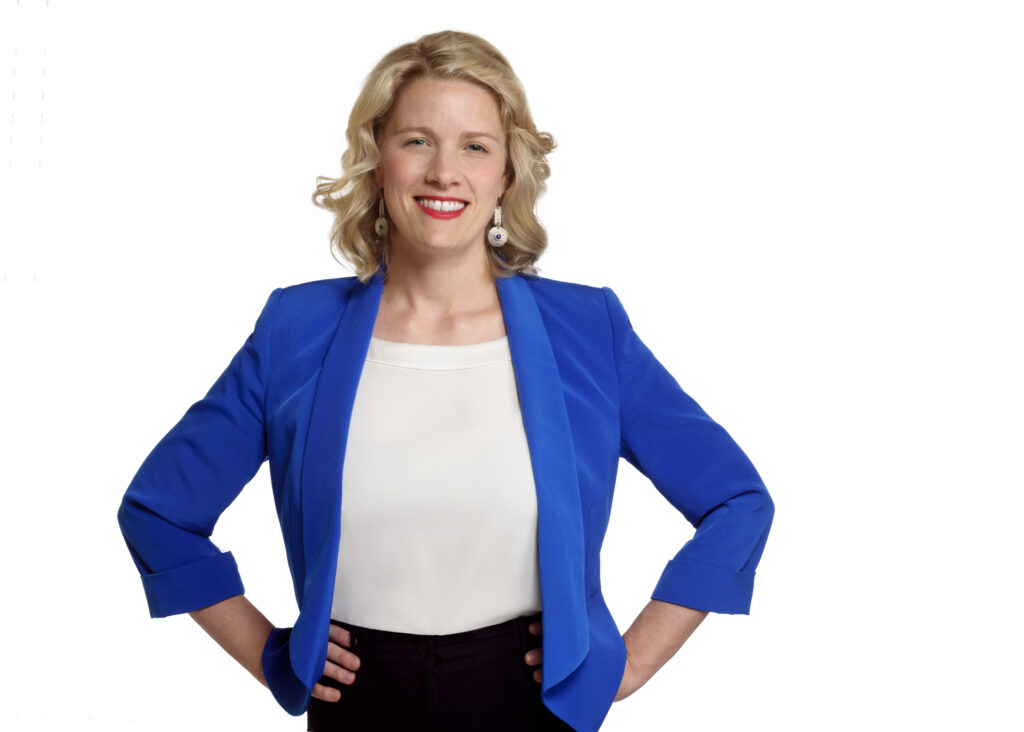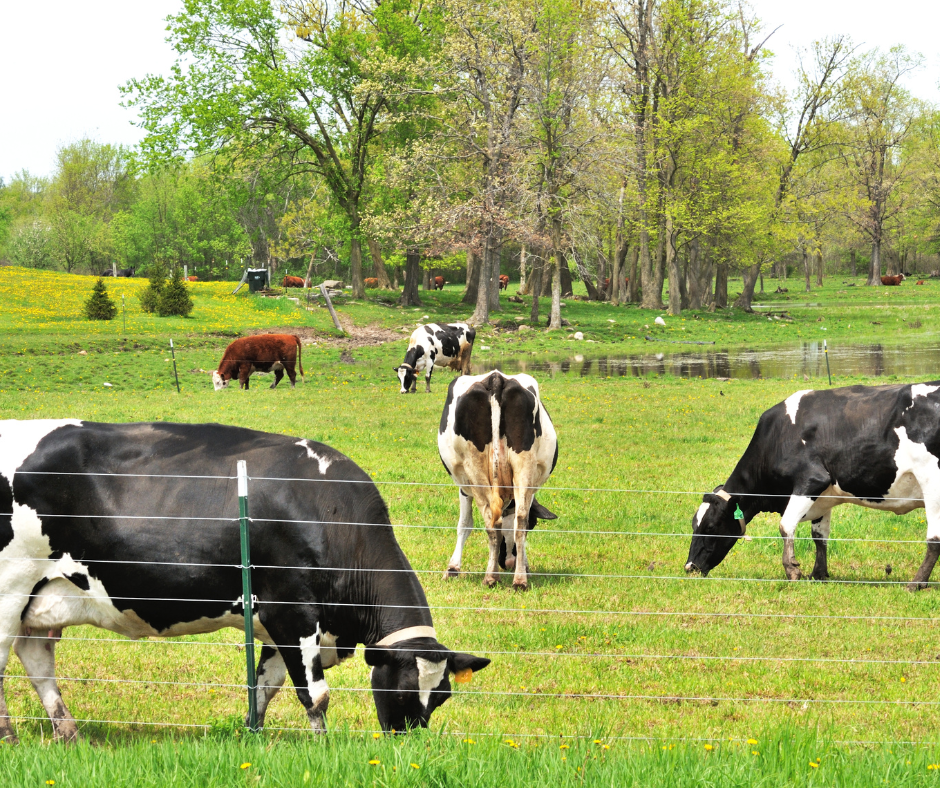The “Review of the Migration System” report, released on April 27, has overlooked the urgent changes needed to ensure a fair and effective humanitarian visa system for people seeking asylum and refugees, according to the Asylum Seeker Resource Centre (ASRC).

Home Affairs Minister Clare O’Neil’s speech at the National Press Club on a new migration system for Australia’s future failed to address the broken process refugees and people seeking asylum face, according to the ASRC.
A short reference to the recent pathway to permanency for people on Temporary Protection Visas (TPV) and Safe Haven Enterprise Visas (SHEV) was the only time people seeking asylum were mentioned during the speech.
The report similarly did not reference the harmful and punitive visa application process people seeking asylum are subjected to. Instead, the report focused on the economic benefits of refugees, disregarding the role successive governments have had in undermining the ability of refugees to rebuild their lives.
Refugees and people seeking asylum are currently denied the fundamental human rights everyone should have, while subjected to an application process that has deteriorated due to choices made by previous governments.
The average time a person seeking asylum will wait for the Department to finalise a protection visa application is nearly three years, compared to less than a year in 2018, with an additional three years for people who go through the Tribunal review process, which previously took a matter of months, and years more to have court matters resolved. It is not uncommon for people to wait a decade for their application for protection to be processed.
These long waiting periods are due to choices by the government to neglect the rights of people seeking asylum and deny a swift application process. During this time people seeking asylum are often prevented from studying, working and have no access to any form of mainstream social support, this has lasting impacts.
It is missed opportunity for the review to neglect the deep problems with the harmful system people seeking asylum and refugees face while waiting for permanent protection.
Saajeda Samaa, Community Organiser at ASRC and refugee, said: “The immigration system is designed to slow down the visa process for people seeking asylum. Basically to punish them for coming to Australia and to discourage others looking for safety to come to this country. This process needs comprehensive reform if the government wants refugees and people looking for safety to meaningfully participate in society.
“When I came to Australia I thought my struggles to cope with discrimination, war and instability were over. However, as soon as I filed my application for asylum, I felt like I became no one. I lost my identity, I lost my recognition, I lost my legal status and with that I lost my work experience and academic recognition too.
“I found that the physical threat that I and my children were facing due to the effects of war back in my homeland may have ended but now there is another war that I am facing and that was the war with the system. The process was complex, slow and hugely expensive. There is no support available, it stops you from having basic human rights and living a “normal” life.”
Hannah Dickinson, Principal Solicitor at ASRC, said: “Refugees are an integral part of the community and an integral part of migration. Neglecting Australia’s humanitarian system in its review of the migration system is a significant missed opportunity that leaves the government with an incomplete picture of systemic failure and at risk of adopting a fragmentary approach to reform.
“Refugee and migration policies are interwoven: to ensure integrity and address issues like worker exploitation, inaccessibility, and extraordinary inefficiency, a complete picture is needed. The Government must recognise the contributions refugees and people seeking asylum make to the community and address the current intolerable flaws in the system holistically.”
Meanwhile, Sustainable Population Australia (SPA) has argued that the Migration System Review will not fix the problems of migrant worker exploitation, visa wait times nor skills shortages.
According to SPA, the review report, led by former Treasury secretary Martin Parkinson, does not explicitly discuss the scale of the migration program. But scale is the most important factor affecting outcomes, according to SPA national president Jenny Goldie.
“Oddly enough, not only does Parkinson’s report fail to discuss the scale of the migration program, but it fails to pinpoint who is the real boss of Australian immigration policy,” says Ms Goldie. “It is Treasury, not Home Affairs. For many years now, their budgets have set extremely large and self-serving net-migration targets, walled off not just from voter opinion, but also from climate and environmental costs.
“How does Parkinson deal with this? He simply ignores it. Instead, with no apparent trace of irony, he recommends more skilled migrants, to help us get to ‘net zero’ emissions.
“By Treasury decree, Australia has been running the developed world’s largest immigration program, in ratio to our population, for well over a decade. The October Budget set a misleading target of 235,000 net migration for 2022-23, but the actual result will be closer to 400,000.
“We’ve little to show for it, but for a housing crisis, wages going backwards, strained infrastructure, lots of migrant exploitation scams, and even more claims of skills shortages,” says Ms Goldie.
The review says skilled migration has been an important driver of Australia’s economic growth.
“Yet a bigger economy is no benefit if it means less per person,” says Ms Goldie. “On a per capita GDP basis, Australia has performed worse than many European countries with near stable populations, or even against Japan’s falling population. On a productivity basis, as the report concedes, our last decade has been dismal.
“Australia’s extremely high rates of immigration are dominated by overseas students or family dependents, and not by ‘skilled workers’ as such.
“We are flooding the job market with workers who don’t fit the skilled vacancies. Whether they have qualifications or not, most end up doing lower-skilled jobs. For chronic worker exploitation and wage theft, you could scarcely design a better system.
“Genuine sustainability should be at the forefront of the priorities for Australia’s migration system,” said Ms. Goldie. “The 2021 State of the Environment Report showed Australia’s environment is worsening on every front, and population growth is a major driver.”
Sustainable Population Australia’s full submission to the Review of the Migration System for Australia’s Future can be found here.
WHAT YOU CAN DO
Visit the ASRC website to find out more about their work
Join Central Coast for Social Justice
Email your federal MP with your concerns
If this content has raised any issues you can call Lifeline on 13-11-14 for 24 hour confidential crisis support


